Concordia graduate and former creative writing instructor at Sheridan College and Living Arts Centre, Sylvia McNicoll has written 40 internationally published novels for young audiences and given writing workshops and talks across Canada as well as in South Korea and Colombia. She edited and wrote for Today’s Parent Toronto, was president of CANSCAIP (Canadian Society of Children’s Authors Illustrators and Performers) and a director at Access Copyright. In 2021 she co-edited Writing the Rollercoaster, Stories of Riding out the Pandemic. Her Burlington set Great Mistake Mystery Series features an anxious 12 year-old who counts and analyzes mistakes while walking dogs and solving mysteries . Body Swap,winner of the 2019 Hamilton fiction award and available in Korean, features a 15 year-old and an 82 year-old who meet in a fateful accident that switches their souls. What the Dog Knows, a starred CCBC Best Book,also available in Korean,tells the tale of an irresistible canine who communicates telepathically with his 13 year-old owner largely to help her change destiny. Coming in spring of 2024 her Blue to Sky tells the story of how poetry and climbing stairs. helps an allergic-to-everything girl find her confidence again.
In Person: The presentations details the writing process behind an age appropriate story and includes a Powerpoint to project images of covers, characters and settings. There is always an interactive component, where students try out props, act out scripts or do oral writing exercises. Usually I read a short passage and time is allowed for Q & A.
Online: similar to the in person visit I would I would present powerpoint images with covers, characters and setting. I would also share a professional video of a reading in which I would act out the parts.
Character, plot (structure), setting, dialogue are all segments of writing that I can create specific workshops.
Plot: The Best Mistake Story creation, to go along with arhw Best Mistake mystery series —kids are invited to share mistakes they’ve made recently, embarrassing whoopses, things that turned out badly, or even well. We discuss how it’s important to make mistakes in order to grow just as it’s important for a story to have problems in order to have an arc. We brainstorm how to turn some mistakes into a solvable problem that becomes a good story. The students write and share.
Character Creation—students select photos of characters from a box and we discuss their secrets, problems and goals. From this story plan, they write.
Description and Mood— We list favourite and worst sights, smells, sounds, tastes and touches. With the list we experiment with similies and metaphors and then create either a poem or a setting for a story.
Dialogue team work—Students are paired to co-create conflict scenes where two characters argue cross purposes
All presentation from grade 1 through highschool, Approximately one hour. the presentations detail the writing process behind an age appropriate story and include a Powerpoint to project images of covers, characters and settings. There is always an interactive component, where students try out props, act out scripts or do oral writing exercises. Usually I read a short passage and time is allowed for Q & A.



